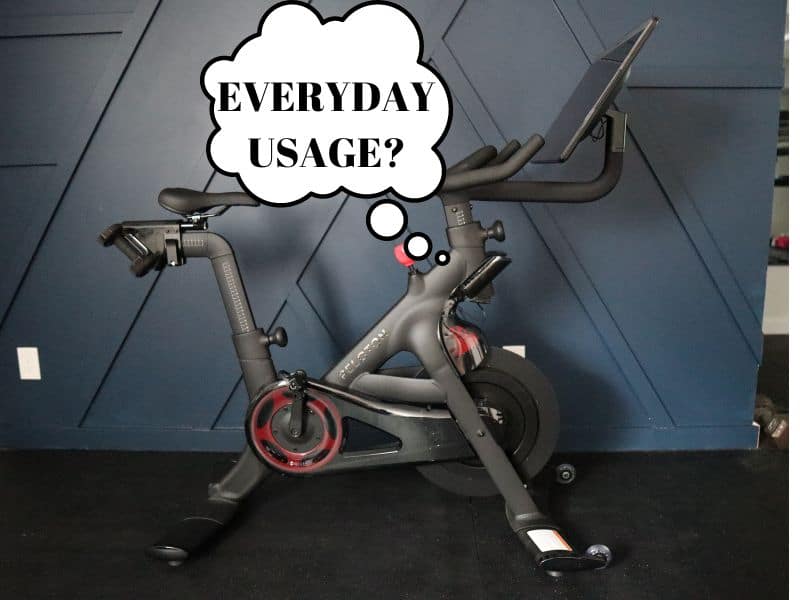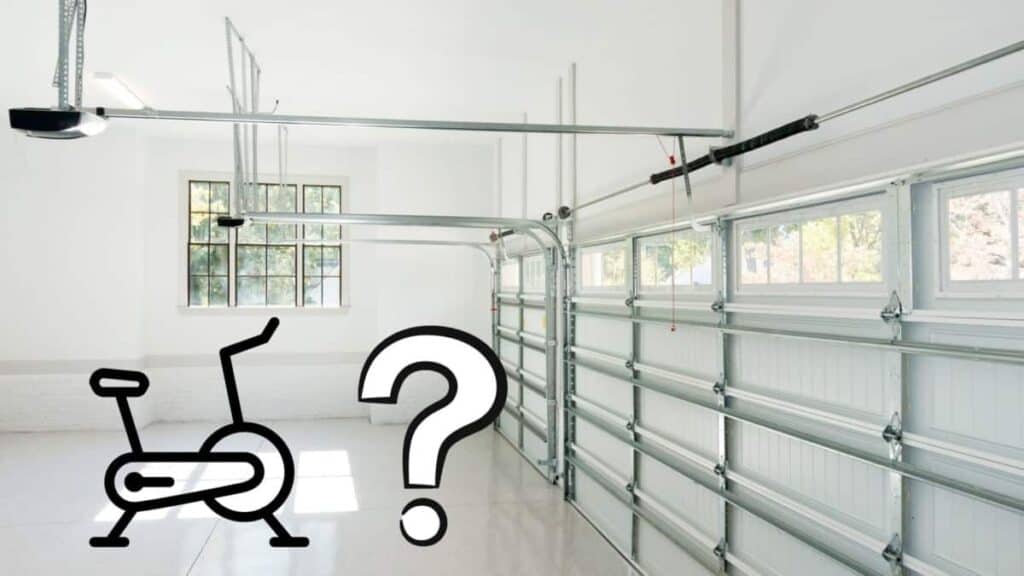Like most disruptive innovations, Peloton has its share of healthy addicts. A home bike brings ease of access, making everyday use a real possibility. But this raises questions of sustainability – is it possible to use my Peloton without pause?
Peloton machines are designed to be used daily by more than one user. Regular and thorough maintenance of the machine is required to prevent damage. Importantly, damage to the rider should be considered, with exercise programs designed to reduce overuse injuries.
A balanced, frequent exercise regimen is key to exacting a return on your investment into your Peloton. Below we’ll consider how to maintain both bike and body for continued enjoyment.
What Are The Risks Of Using My Peloton Every Day?
When using a peloton every day, you risk incurring one of several overuse injuries. These injuries affect muscles, tendons, and joints that buck under the repetitive activity strain.
Parallel to that is the risk of damaging the bike or treadmill by placing an overly high load. This extra strain is especially present when the machine is shared amongst several active users.
Managing both categories of risks is not prohibitively difficult and requires detailed attention to the overuse injuries and maintenance defects that typically accompany a Peloton.
What Are The Risks To The Peloton?
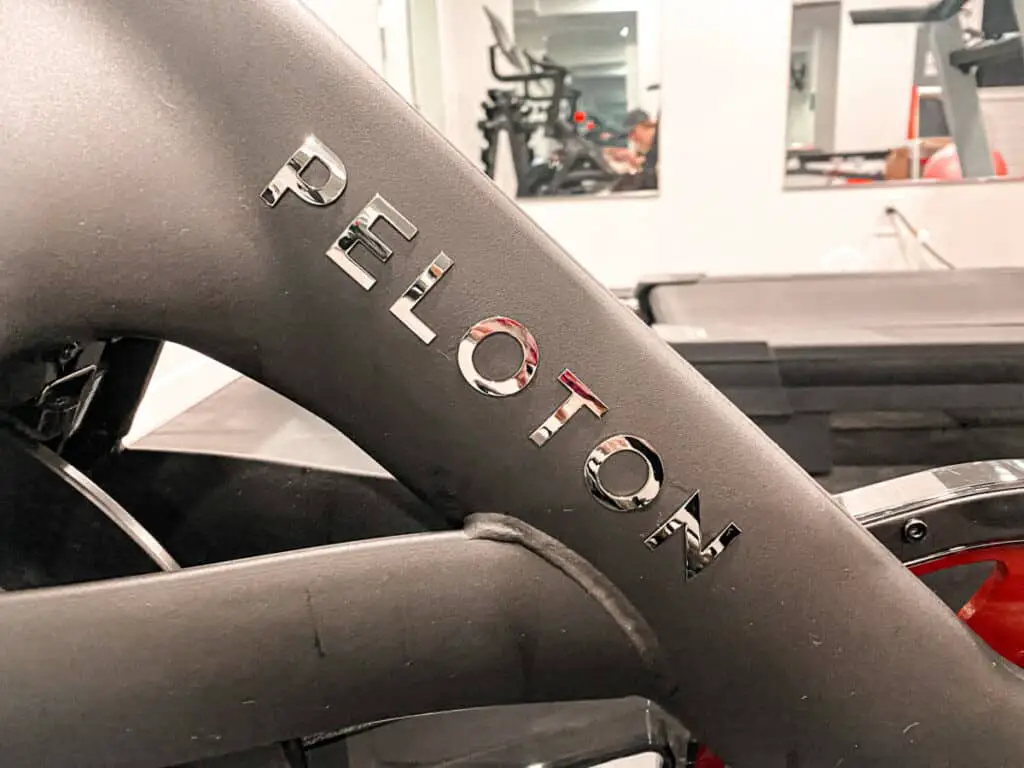
When a Peloton is used every day, it is exposed to physical stresses that cumulatively have the chance of damaging parts of the bike. Below we will consider the maintenance that should be done regularly to mitigate these risks.
If the Peloton is moved between a storage and exercise area, daily use increases the risk of damage through contact in transit. Be sure to maintain storage and exercise environments with minimal risk of collision. Overall, a cool, dry dustless storage area will also protect the bike from rust.
What Are The Risks To The Peloton User?
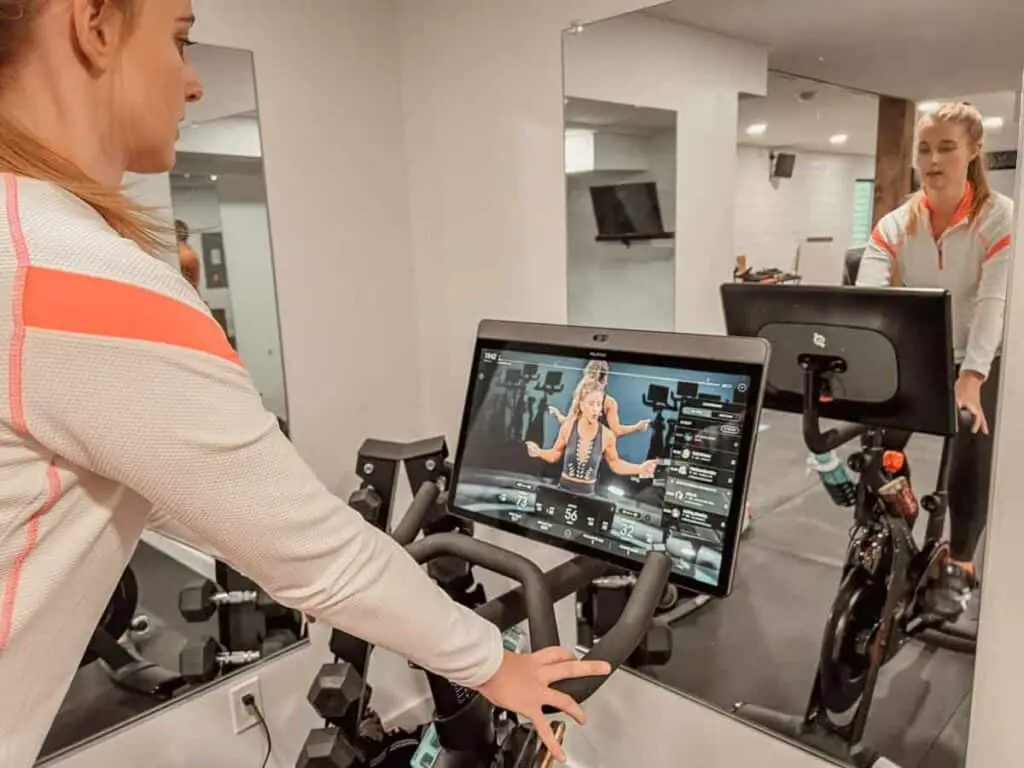
Common aerobic machine overuse injuries include the following:
- Hip Tendonitis: Irritation or outright inflammation of the hip is common in stationary bikes. This is because standing reduces the range of motion that naturally occurs when a bike is used on the road. Tendonitis is usually detected late, as sufferers notice it only when the inflammation reaches an unbearable level.
- Knee Pain: Cycling reduces impact forces on the joints, and treadmills have impact compensation that makes them absorb more shock than asphalt. In spite of this, the sheer frequency of use can lead to irritation in the knee as it pushes through the bends.
- Back And Neck Pain: Discomfort in the neck and back stems from the strain of maintaining a stressful posture for a prolonged period of time. The incidence may increase with the frequency of exercise.
- Wrist And Forearm Pain: This pain tends to arise from improper weight distribution where riders compensate for poor posture by balancing their weight on the wrists. Forearm pain is exacerbated by gripping the handlebars too tightly, straining the carpal tunnel.
How To Mitigate The Risk Of Peloton Overuse Injury

Most of the risk mitigation for the injuries listed above comes down to using the Peloton properly. By avoiding newbie errors (which surprisingly large numbers of experienced users are also prone to), the chance of injury-free everyday use is enhanced. Consider these tips:
- Variety: Changing the body position between sitting and standing distributes the work between different parts of the physiology, reducing the load on particular areas and thereby minimizing the risk of injury. This variance also applies to the pace and intensity of workouts.
- Scaling Intensity: It is important to build up to a desired level of intensity rather than start at and maintain a high level. Because we think of Pelotons as aerobic machines, it is easy to overlook the musculoskeletal strain of exercise that does not tax the heart and lungs.
- Proper Bike Setup: Further to the remarks on proper posture, the bike should be adjusted to the body of the rider. This is particularly important where the machine is shared by different users. The bike seat should be at standing hip height and not too far forward towards the handlebars.
- Handlebar Setup: The handlebars should not be too low, as this arrangement leads to curvature of the spine, a risk factor for back pain.
- Resistance: While too much resistance can tax the muscles, too little takes away the body’s ability to control its movement. This feeling of the legs spinning out of control leads to jerky movement in the joint, bad form, and the risk of falling off the bike.
Why Do I Hear About Strength And Conditioning?
Strength and conditioning refer to exercise that is designed to build stronger muscles and a body used to the neural coordination required for repetitive training.
Rather than limit yourself to cycling (or running, in the case of a treadmill), it is important to cross-train. This works muscles that are not targeted in the course of mere cycling, leading to an overall stronger body that can withstand the rigors of the workout. Without this overall strength, the load of the workout rests with fewer muscles, which are easier to be overworked.
Peloton offers a wide range of workouts outside of cycling and running. These include yoga, strength training, stretching, barre, and shadowboxing to name a few. Together they take you out of the sagittal (forward-only) motion of running and cycling into the two other planes.
Remember the importance of rest – a key part of strength and conditioning. Rigorous exercise breaks muscles. It is the repair that takes place during rest that brings strength. If you are targeting an everyday training program, build low-intensity cross-training (like yoga) on the rest days.
Why Are We Talking About Peloton Maintenance?
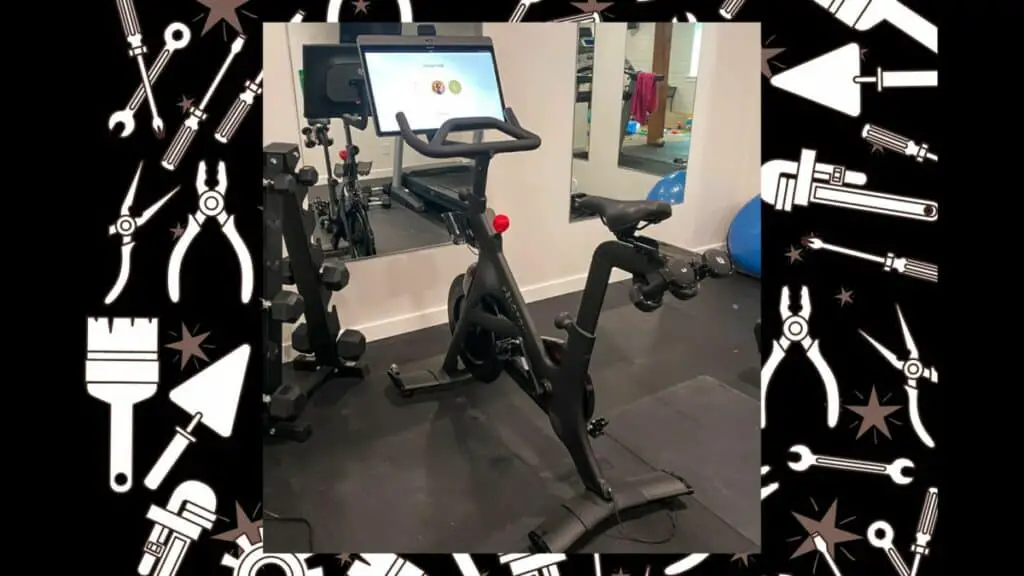
Frequent use increases the risk of damage to the bike itself. Because Peloton is built for high mileage, standard maintenance addresses the issues that arise from regular use. Key interventions include:
- Wipe-Downs: Moisture rusts steel. Daily use of your Peloton increases the metal’s exposure to sweat. It is important to wipe down the whole bike after each use, using only gentle cleansers (not soapy water).
- Drying: Not only the wipe-downs but also atmospheric moisture can lead to corrosion. Ensure that the bike is properly dried after wiping in order to ensure that also the non-sweat moisture does not corrode the parts.
- Bearing Replacement: The bearings on your Peloton are key in preventing friction in the moving parts. Bad bearings can be detected by a grinding noise. They should be immediately replaced.
- Dusting: Dust combines with moisture to create grime that has a corrosive effect on the frame. Regular dusting and vacuuming around the bike is an important way of managing this risk of atmospheric dust coagulation.
- Shutdown: At heart, the Peloton is a computer with mechanic extension. Regular shutdown and restart are good for the maintenance of the digital components of the bike.
- Tune-Up: Lose pedals risk snapping off. Cleat slippage is a reliable sign that pedals need tightening. Add regular lubrication of the belt with a dry, spray-on lubricant.
- Recalibration: With use, Peloton’s responsiveness changes. You might experience this as resistance levels get harder in time. Recalibrating the bike involves restoring the factory settings. This puts the bike close to the position it was in when it arrived.
Conclusion
While we have considered the risks and their mitigation, remember the great benefits of regular exercise. At least in the short term, everyday use of your Peloton ingrains or reinforces the habit of working out regularly. And that’s a good one to cultivate.

